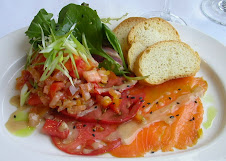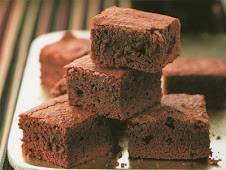 Children should eat more fruits and vegetables to reduce the risk of cancer in later life, a charity has said. The newest published Health Survey for England (HSE) for 2008 suggested that four in five children are not eating the recommended amount of fruit and vegetables.
Children should eat more fruits and vegetables to reduce the risk of cancer in later life, a charity has said. The newest published Health Survey for England (HSE) for 2008 suggested that four in five children are not eating the recommended amount of fruit and vegetables.Now the World Cancer Research Fund has warned that this could lead to raised risk of them developing cancer in later life.
“The fact that only a fifth of children are getting enough fruits and vegetables is a concern because it is important that we encourage children to get into healthy habits as early in life as possible,” the Daily Express quoted Nathalie Winn, nutritionist for the WCRF, as saying.
“This is because scientific research shows that eating a plant-based diet with plenty of fruits and vegetables, whole grains and pulses possibly reduces the risk of a number of types of cancer later in life,” Winn added.
The research shows that, on average, boys aged five to 15 eat 3.1 portions of fruits and vegetables while girls have 3.3 portions a day, according to the Health Survey for England 2008.











































